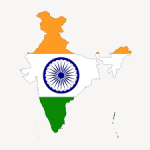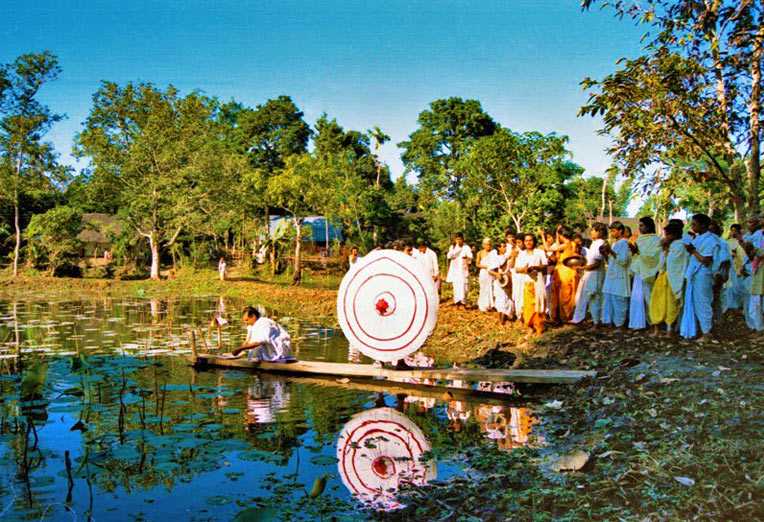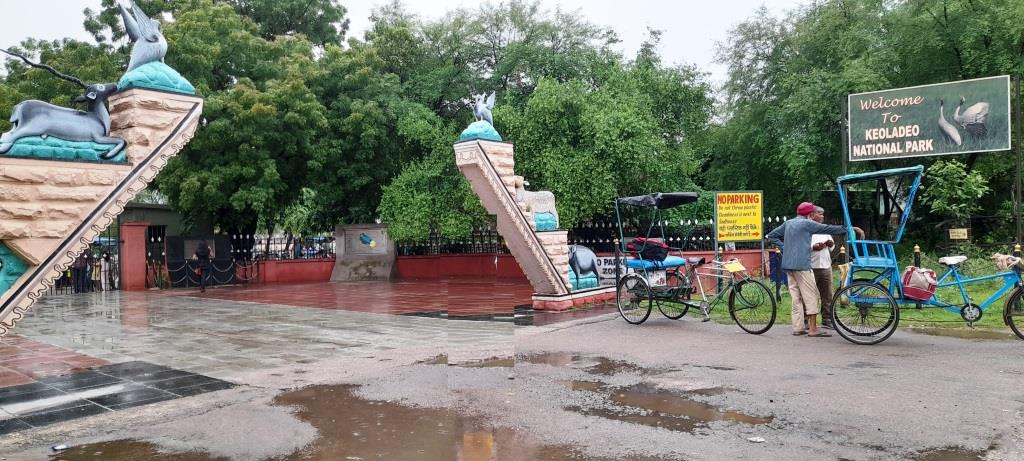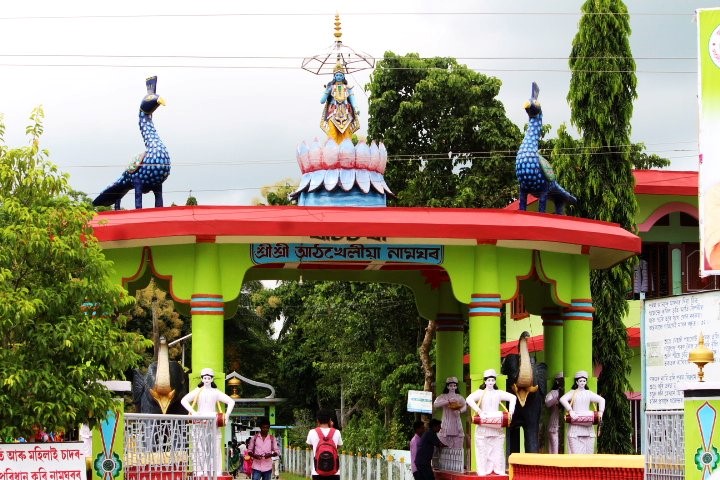Assam’s tryst with tea dates back to the early 19th century, when British colonists discovered wild tea plants growing in the region. Before that, the local Singpho tribes had been using tea for centuries, boiling the leaves for medicinal and ceremonial purposes. It wasn’t long before the British East India Company capitalized on this discovery, marking the beginning of what would become a global tea empire.
By the mid-1800s, large-scale plantations sprouted across the state. Assam’s unique tropical climate—with high humidity, rich alluvial soil, and regular rainfall—created the perfect conditions for tea cultivation. Today, the state boasts more than 850 tea estates and thousands of small growers, making it the world’s single largest tea-growing region.
What Makes Assam Tea Unique?
Assam tea is renowned for its bold, brisk, and malty flavor—a characteristic that makes it a favorite for strong black teas and breakfast blends like English Breakfast or Irish Breakfast. It’s primarily made from the Camellia sinensis var. assamica plant, which thrives in the lowlands of the Brahmaputra valley.
Unlike Darjeeling or Nilgiri teas, which are often lighter or more floral, Assam teas pack a punch. They’re rich in color and flavor, perfect with milk and sugar, yet equally delightful on their own.
Challenges Brewing
- Climate change is affecting tea yields and quality.
- Labor issues and low wages are ongoing concerns.
- Market fluctuations and competition from other tea-producing countries can impact profits.










